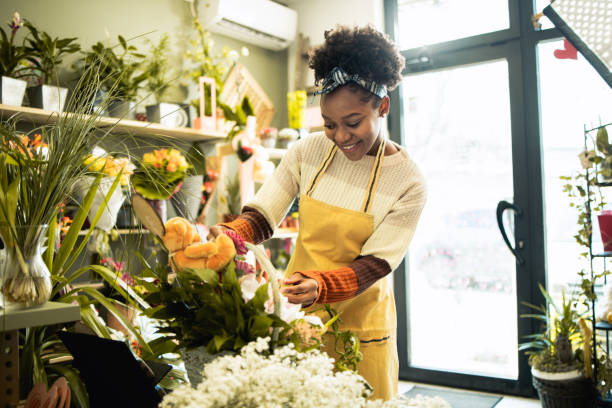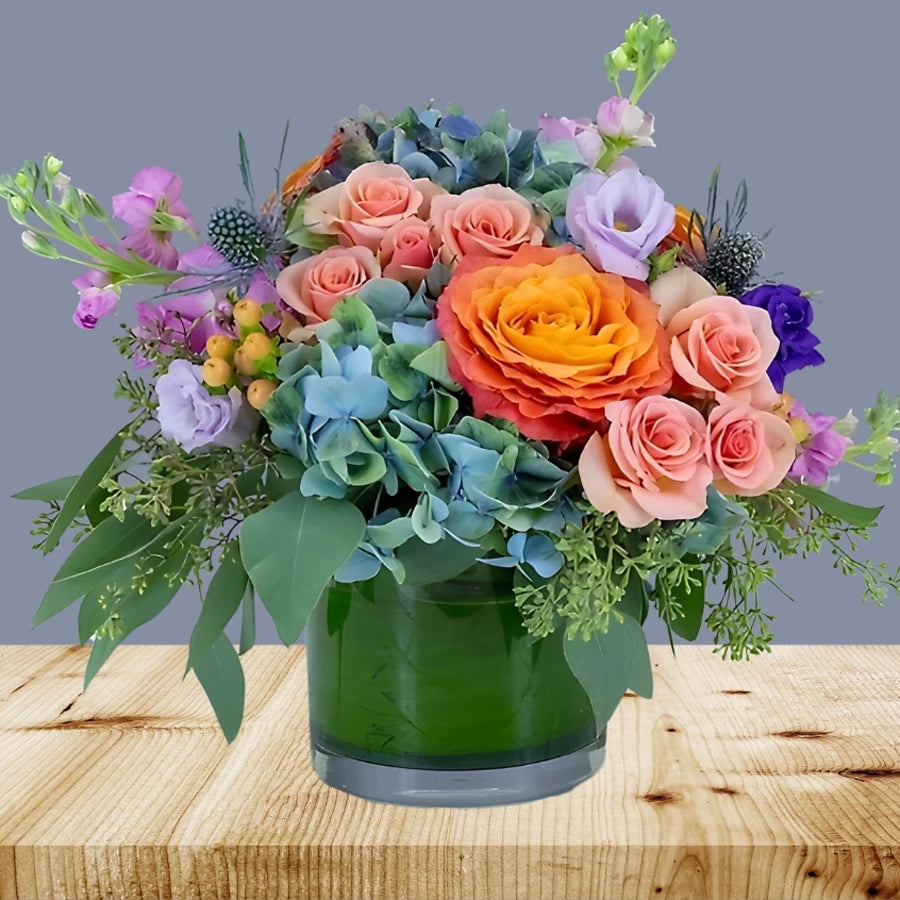Discover the Art of Floral Style: Tips From Professional Florists
Floral design is not merely an aesthetic venture; it is a nuanced art form grounded in concepts such as balance, proportion, and contrast. Expert flower shops offer very useful understandings into selecting the appropriate flowers customized to certain celebrations, guaranteeing that each setup resonates with its desired message.
Understanding Floral Design Concepts
Typically forgotten by novice floral designers, comprehending the fundamental concepts of floral style is important for producing visually attractive setups (florist lockhart). These concepts act as the structure whereupon successful flower structures are developed, ensuring harmony and balance in each production
The secret principles include equilibrium, proportion, comparison, rhythm, and unity. Equilibrium refers to the distribution of visual weight within an arrangement, which can be in proportion or asymmetrical. Proportion entails the partnership in between the dimension of blossoms and the container, making sure that each element enhances the others. Contrast, attained with varying colors, shapes, and textures, adds rate of interest and depth to the style.

Rhythm overviews the audience's eye via the plan, frequently accomplished by repeating forms or colors. Last but not least, unity makes certain that all elements of the design interact cohesively, developing a sense of completeness. By mastering these principles, flower shops can elevate their work, transforming basic arrangements into sensational aesthetic declarations.
Inevitably, a solid grasp of these flower style concepts not just enhances creativity but likewise fosters a much deeper recognition for the virtuosity associated with flower plans (florist lockhart). With technique and application, beginner flower designers can create their skills and create memorable layouts
Choosing the Right Flowers
Selecting the appropriate blossoms is an important action in the flower layout process, directly impacting the general aesthetic and efficiency of the setup. To begin, consider the event; various events ask for unique flower kinds. Romantic settings may benefit from roses, while happy events might fit sunflowers or gerbera sissies.
Use a color wheel to identify corresponding or comparable shade schemes that can develop a cohesive look. Furthermore, take into consideration the period; seasonal blossoms not only ensure quality yet also often come at a reduced price, making them a sensible option.
Another important variable is the designated longevity of the arrangement. By thoughtfully selecting blossoms, you can develop plans that reverberate with their desired purpose and audience.
Methods for Setup

One more efficient method is the "line style," which emphasizes the all-natural lines and shapes of the blossoms. By making use of long-stemmed blooms, developers can develop a sense of movement and circulation in the arrangement, attracting the eye along the lines created by the stems. In addition, incorporating varying elevations in the setup includes depth and interest, permitting the customer to explore the piece from different angles.
This method can stimulate certain Resources emotions and established the state of mind of the plan. Do not neglect the importance of negative area; leaving spaces within the setup enables for breathing space, improving the overall visual and avoiding congestion.

Seasonal Floral Inspirations
Integrating seasonal aspects right into floral styles can greatly enhance their allure and relevance. By straightening floral plans with the altering seasons, flower designers can stimulate specific state of minds, themes, and shades that reverberate with customers and the atmosphere. Each season provides an unique scheme of flowers and foliage that permits for creative thinking and ideas.
Fall's abundant tones can be captured with dahlias, chrysanthemums, and decorative turfs, creating cozy, welcoming arrangements that reflect the harvest. Winter this season uses a tranquil visual with evergreens, amaryllis, and seasonal berries, best for stimulating a sense of peace and celebration.
Caring for Your Arrangements
Caring for floral setups is vital to preserve their appeal and durability. Proper treatment ensures that your blossoms remain dynamic and fresh, improving the aesthetic charm of your space. Start by putting your arrangement in an amazing location, far from straight sunshine and drafts, as extreme temperatures can trigger wilting and discoloration.
Consistently examine the water level in the vase, ensuring it is adequate to cover the stems properly. Replace the water every couple of days to avoid microbial development, which can shorten the lifespan of your plan.
Furthermore, consider the kind of blossoms in your setup; some might call for certain treatment. As an example, roses flourish with a little bit of sugar in their water, while lilies gain from a cooler environment. Lastly, prevent positioning your setups near ripening fruit, as ethylene gas can increase wilting. By Your Domain Name adhering to these easy yet efficient treatment pointers, you can enjoy your flower productions for an extensive period.

Conclusion
Finally, grasping the art of flower design includes a comprehensive understanding of fundamental concepts, cautious option of flowers, and the application of reliable setup strategies. Seasonal inspirations better improve creativity, while proper care makes certain that floral display screens keep their appeal and long life. By integrating these components, individuals can produce impactful setups that convey emotion and serve their intended purpose, inevitably enhancing the experience of both the designer and the recipient.